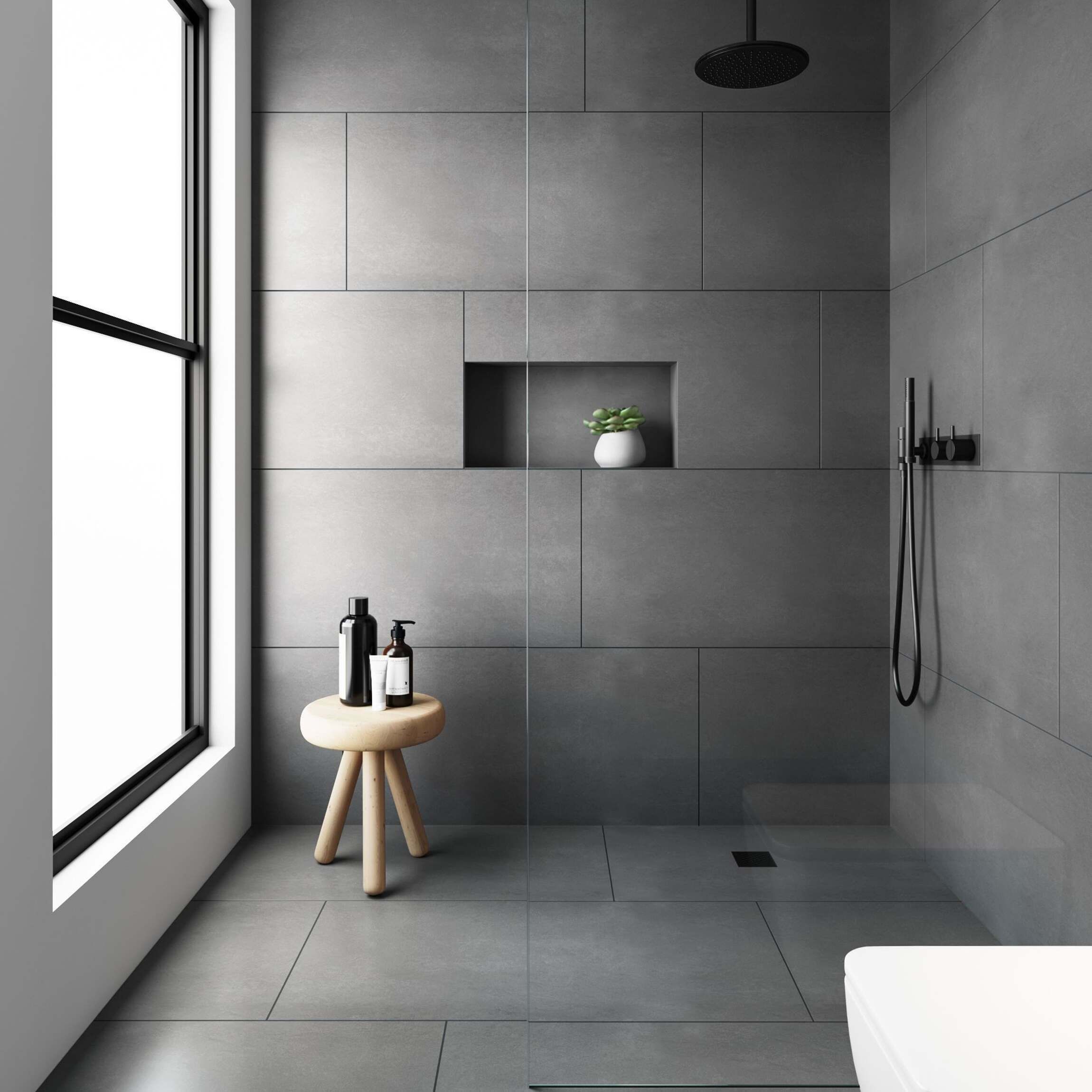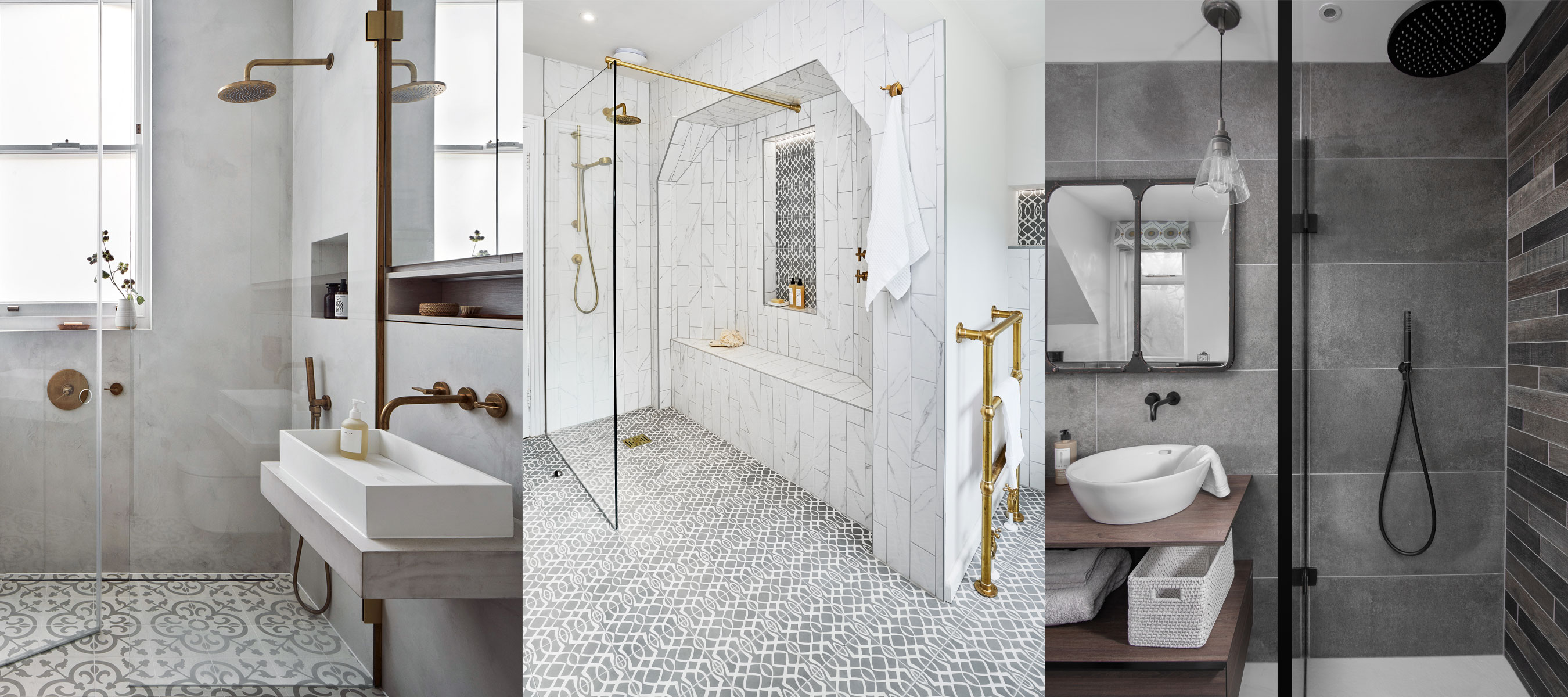Grey Bathroom Ceiling Paint: A Timeless Choice

Grey is a versatile color that can create a calming and sophisticated atmosphere in any bathroom. Its ability to adapt to different styles and complement various design elements makes it a popular choice for homeowners looking to create a timeless and elegant space.
The Psychology of Color and Grey’s Impact on Bathroom Atmosphere
Grey is often associated with feelings of tranquility, sophistication, and serenity. This is because it is a neutral color that can help to create a sense of balance and harmony. In a bathroom, where relaxation and rejuvenation are key, grey can help to create a peaceful and inviting atmosphere. The color’s ability to reflect light can also make a small bathroom feel larger and more spacious.
Grey’s Versatility in Bathroom Design
Grey is a neutral color that can be easily incorporated into a wide range of bathroom styles. From minimalist to traditional, grey can provide a timeless backdrop that allows other design elements to take center stage.
Grey’s Complementarity with Tile Choices, Fixtures, and Decor
Grey can be paired with a variety of tile choices, fixtures, and decor elements to create a cohesive and stylish bathroom design. For example, a grey ceiling can complement white subway tiles, chrome fixtures, and natural wood accents in a minimalist bathroom. In a traditional bathroom, grey can be paired with marble tiles, brass fixtures, and vintage-inspired decor.
Choosing the Right Shade of Grey

Selecting the perfect shade of grey for your bathroom ceiling is crucial, as it can significantly impact the overall ambiance and mood of the space. While grey is a versatile color, the specific shade you choose can make your bathroom feel cool and airy or warm and inviting.
Understanding Grey Tones
The shade of grey you choose for your bathroom ceiling can greatly influence the overall feel of the space. Grey tones can be broadly categorized into cool and warm shades, each with its unique effect.
- Cool Greys: Cool grey shades, often containing blue or green undertones, create a calming and serene atmosphere. They tend to reflect light well, making the bathroom feel more spacious and airy. Think of shades like dove grey, slate grey, or pewter grey.
- Warm Greys: Warm grey shades, often containing brown or yellow undertones, create a cozy and inviting atmosphere. They can make the bathroom feel more intimate and welcoming, especially in spaces with limited natural light. Think of shades like taupe, charcoal grey, or greige (a blend of grey and beige).
Matching Grey with Other Design Elements
When choosing a grey shade for your bathroom ceiling, consider how it will complement the other design elements in the space, such as the walls, flooring, and fixtures.
- Walls: If your bathroom walls are a light color, such as white or cream, you can choose a slightly darker shade of grey for the ceiling to create contrast and visual interest. If your walls are a darker color, such as navy blue or dark green, a lighter shade of grey for the ceiling will help to balance the space and prevent it from feeling too overwhelming.
- Flooring: If your bathroom floor is a light color, such as white or beige, a light shade of grey for the ceiling will help to create a cohesive and airy look. If your floor is a darker color, such as dark wood or slate, a darker shade of grey for the ceiling can help to ground the space and create a more sophisticated feel.
- Fixtures: The color of your bathroom fixtures, such as the faucets, showerhead, and towel bars, can also influence your choice of grey shade. If your fixtures are chrome or nickel, a cool grey shade for the ceiling will complement them nicely. If your fixtures are brushed brass or bronze, a warm grey shade for the ceiling will create a more cohesive and luxurious look.
Grey Bathroom Ceiling Paint

Choosing the right shade of grey for your bathroom ceiling can significantly impact the overall aesthetic and ambiance of the space. But beyond aesthetics, there are practical considerations that make grey a smart choice for your bathroom ceiling.
Practical Considerations for Grey Bathroom Ceiling Paint
Grey paint offers a multitude of practical benefits that enhance the functionality and appeal of your bathroom.
- Hides Imperfections: Grey is a forgiving color that can mask minor imperfections on the ceiling, such as cracks or uneven surfaces. This is particularly beneficial in older bathrooms where the ceiling may have experienced some wear and tear.
- Creates a Sense of Spaciousness: Light grey shades, especially those with a cool undertone, can make a small bathroom feel more spacious and airy. This is because light colors reflect more light, making the room appear larger.
- Versatile and Complementary: Grey is a neutral color that complements a wide range of bathroom styles and color palettes. Whether you prefer a modern, minimalist, or traditional look, grey provides a clean and sophisticated backdrop.
Sheen Level and Its Impact, Grey bathroom ceiling paint
The sheen level of your grey bathroom ceiling paint plays a crucial role in the overall appearance and functionality of the ceiling.
- Matte Finish: Matte finishes offer a flat, non-reflective surface that can hide imperfections and create a cozy, intimate feel. However, matte finishes can be more prone to staining and require more frequent cleaning.
- Eggshell Finish: Eggshell finishes offer a slight sheen that provides a subtle reflection of light. They are more durable than matte finishes and easier to clean, making them a good choice for high-traffic areas like bathrooms.
- Satin Finish: Satin finishes offer a more pronounced sheen, providing a smooth and elegant look. They are highly durable, washable, and resistant to moisture, making them an ideal choice for bathroom ceilings.
- Semi-Gloss Finish: Semi-gloss finishes offer a high sheen that reflects light, creating a bright and polished look. They are very durable and washable, but can highlight imperfections on the ceiling.
Preparing the Ceiling for Painting
Proper preparation is essential for achieving a professional-looking finish when painting your bathroom ceiling.
- Clean the Ceiling: Remove any dust, cobwebs, or debris from the ceiling using a damp cloth or vacuum cleaner.
- Patch Any Imperfections: Use a spackling compound to fill in any cracks, holes, or uneven areas. Allow the compound to dry completely before sanding it smooth.
- Prime the Ceiling: Apply a primer to the ceiling to create a smooth, even surface for the paint to adhere to. Allow the primer to dry completely before painting.
- Tape Off the Area: Use painter’s tape to protect surrounding areas, such as walls, trim, and fixtures.
Applying the Grey Paint
Once the ceiling is prepared, you can begin applying the grey paint.
- Use a Roller: Use a high-quality paint roller with a nap length appropriate for the texture of your ceiling.
- Apply Thin Coats: Apply thin, even coats of paint, allowing each coat to dry completely before applying the next.
- Use a Brush for Edges: Use a brush to apply paint to the edges of the ceiling, around fixtures, and in tight corners.
- Remove Tape: Once the paint is dry, carefully remove the painter’s tape.
